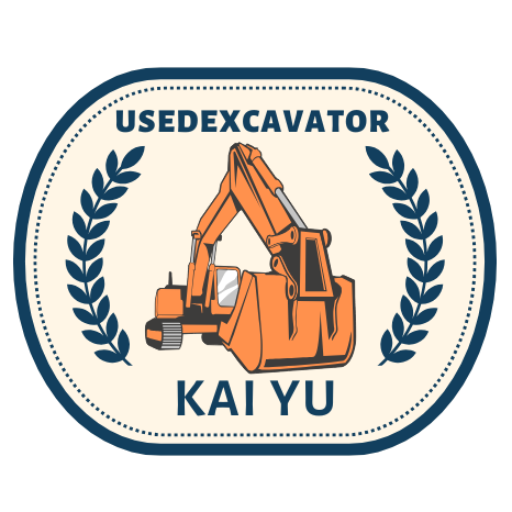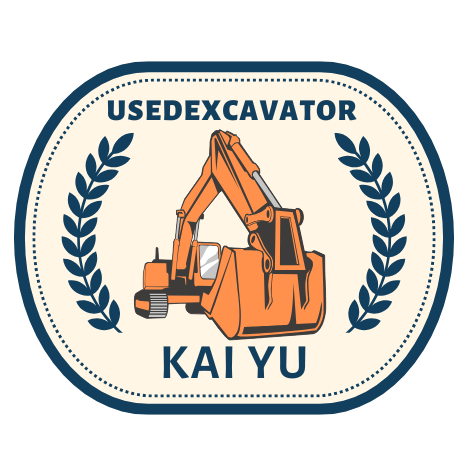Introduction: The Double-Edged Sword of Specialized Equipment
In the world of heavy machinery, specialized excavators represent both tremendous opportunity and significant risk. While these machines can deliver unparalleled performance for specific applications, their unique designs and intensive usage histories create pitfalls that can turn what seems like a smart purchase into a financial nightmare. This comprehensive guide will walk you through the real challenges of buying used specialized excavators and provide actionable strategies to protect your investment.
Table of Contents
Section 1: The 5 Most Common (and Costly) Mistakes Buyers Make
1.The Temptation of Low Prices
- Case Study: A contractor purchased a “barely used” demolition excavator for 40% below market value, only to discover it had been used in a major disaster cleanup operation with extensive internal damage.
- Reality Check: Specialized machines often come from extreme working conditions. That “great deal” might hide $50,000 in imminent repairs.
2. Overlooking Compatibility Issues
- Hydraulic Flow Mismatches: Not all carriers can handle high-flow attachments
- Quick Coupler Confusion: European vs. Asian standard compatibility issues
- Electrical System Variations: Older machines may not support modern GPS/grade control systems
3. Misjudging Maintenance Costs
- Special Parts = Special Prices: Demolition excavator booms can cost 3x more to replace
- Unique Service Requirements: Long-reach machines need specialized rigging for transport
- Labor Intensive Repairs: Mining excavator undercarriages require 50% more labor hours
4. Ignoring Regional Adaptations
- Climate Considerations: Machines from tropical climates may lack cold-weather packages
- Emission Standards: Tier 3 vs. Tier 4 Final compliance issues
- Voltage Variations: 50Hz vs. 60Hz electrical systems in different markets
5. Underestimating Resale Challenges
- Niche Market Limitations: It might take 12+ months to sell a 25m long-reach unit
- Rapid Technology Obsolescence: Older electric excavators may become unsellable as battery tech advances
- Attachment Compatibility: Your specialized grapple may not fit the next owner’s machine
Section 2: Real-World Case Studies – Lessons From the Field
1.The Demolition Excavator That Almost Wasn’t
- Background: A 2018 Hitachi ZX470LCH-5 with “low hours”
- Red Flags Found:
- Hydraulic oil contamination indicating possible pump failure
- Uneven wear patterns suggesting previous accident damage
- Mismatched serial numbers on the boom sections
- Outcome: Client avoided $38,000 in hidden repair costs
2. The Mining Excavator That Could
- Background: 2015 CAT 349D with 12,000 hours
- Our Findings:
- Complete maintenance records from original mine owner
- Recently rebuilt final drives
- Undercarriage at 65% remaining life
- Outcome: Client secured a reliable machine at 40% of new cost
Section 3: Your Action Plan for Safe Purchasing
1.Pre-Purchase Checklist
- Verify machine origin and usage history
- Confirm availability of critical spare parts
- Calculate total cost of ownership (purchase + expected repairs)
2. Inspection Priorities
- Structural integrity testing
- Hydraulic system analysis
- Undercarriage evaluation
- Electrical system diagnostics
3. Negotiation Strategies
- Price adjustments based on:
- Component remaining life
- Availability of service records
- Market demand for that specific configuration
4. Post-Purchase Protection
- Immediate servicing upon delivery
- Operator training for specialized functions
- Scheduled follow-up inspections
Conclusion: Specialized Doesn’t Have to Mean Risky
While used specialized excavators present unique challenges, they remain one of the most cost-effective solutions for contractors who need high-performance equipment. The key lies in thorough due diligence, professional inspections, and working with a partner who understands the nuances of these remarkable machines.


